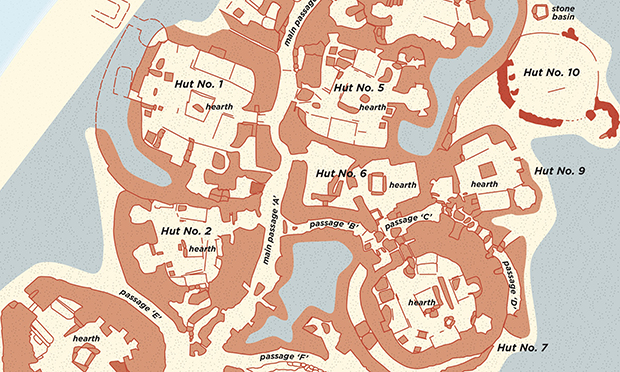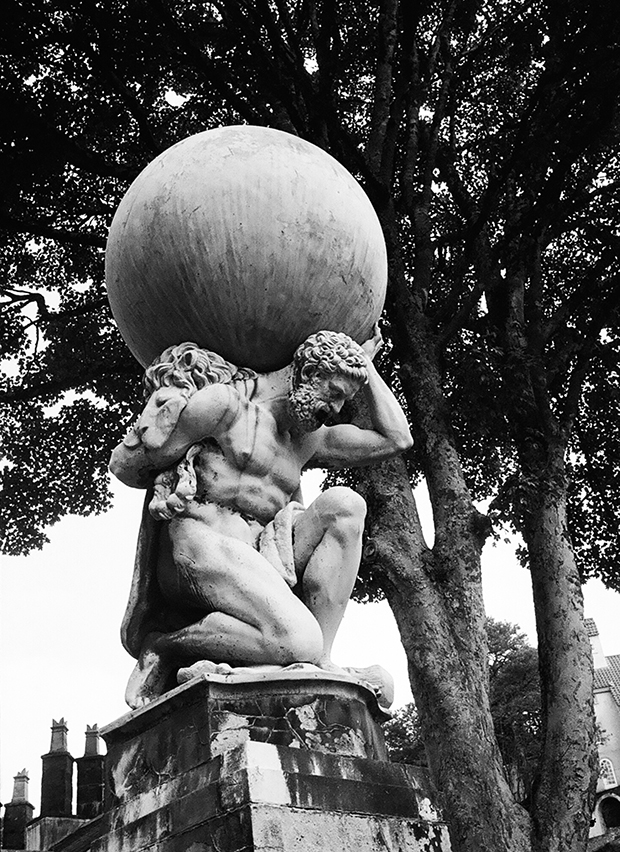Travis Elborough: Maps for the mind during lockdown

The great Italian writer and thinker Italo Calvino once wrote that all maps are conceived with the idea of a journey in mind.
Since lockdown, however, I’ve taken to looking at maps instead of going anywhere. Or anywhere farther than my legs can take me on my mandated excursions for exercise.
But then I’ve always read atlases and flipped through London A-Zs for pleasure. And I prize a mid-1960s edition of the latter for allowing me to indulge in bouts of time travel, journeying over its pages, yellowed by age, through a city that no longer exists. Though even my most recent current edition feels somewhat like a survey of a lost London. And one no less distant for only being practically yesterday.
Famously Phyllis Pearsall, whose brainchild the A-Z was, claimed to have personally trudged each and every one of the capital’s 23,000 odd streets, walking over 3,000 miles to survey the city to produce her first edition 1936.
This epic cartographical mission, according to the well-burnished myth, was seemingly spurred on by Pearsall’s failure to find her way to a party in Belgravia using the standard Ordnance Survey map of the day.
Even if Pearsall covered every inch of the territory (and it’s a big ‘if’), the same could never be said of Gerardus Mercator.

The foremost geographer of the Renaissance, whose ‘projection’ method eased the problem of depicting a three dimensional world onto two dimensional charts, Mercator was the first to apply the name ‘Atlas’ to a collection of maps.
Mercator, however, never set sail on any ocean himself. Nor did he appear to have travelled much beyond the Low Countries his entire life.
Lacking charts of Spain and Portugal, his Atlas also fell somewhat short of the full ‘fabrick’d world’ promised. Though a northern landmass called Frisland did feature, which was subsequently found not to exist.
But by giving us the world on paper, he created a form in the atlas for imaginative suggestion and dreaming as much as practically voyaging and scientific exploration.
An atlas or a map, can therefore be a great way to travel mentally, especially when most other options are off the table for the time being.

Limitations, or periods of confinement can, of course, prove the spur to creativity.
It was while stuck inside for rainy days on end during a family holiday in Braemar, Scotland, that Robert Louis Stevenson, and in the desperate hope of keeping his bored 12-year-old stepson, Lloyd Osbourne, entertained, set about helping the boy draw a map.
The resulting picture of a exotic island hideaway for pirates and their ill-gotten gains, supplied Stevenson with the basis for Treasure Island, the adventure yarn that would make his name.
To this day, almost all editions of the book carry an illustration of the island by the author. But this map is a second version that Stevenson was forced to knock out from memory after the original one went missing after being sent to his publishers in London.
Stevenson greatly mourned its loss, always believing the final map to be far interior to their initial creation. ‘I am told,’ he would write, ‘there are people who do not care for maps, and find it hard to believe.’
At a time when our journeys are somewhat curtailed and our ambits truncated, we need maps more than ever to keep our horizons open.
Even if the routes and roads they contain are never taken, they enlarge our sense of place and our place in a world that, as the current epidemic reminds us, is more interconnected than ever.
Travis Elborough is a local author and social commentator whose previous books include The Atlas of Improbable Places, a collaboration with the cartographer Alan Horsfield, Atlas of the Unexpected, and Atlas of Vanishing Places
